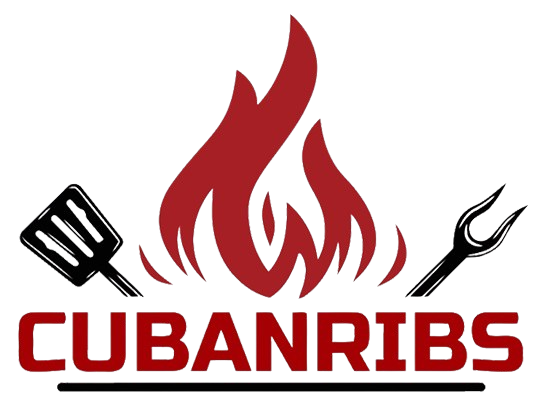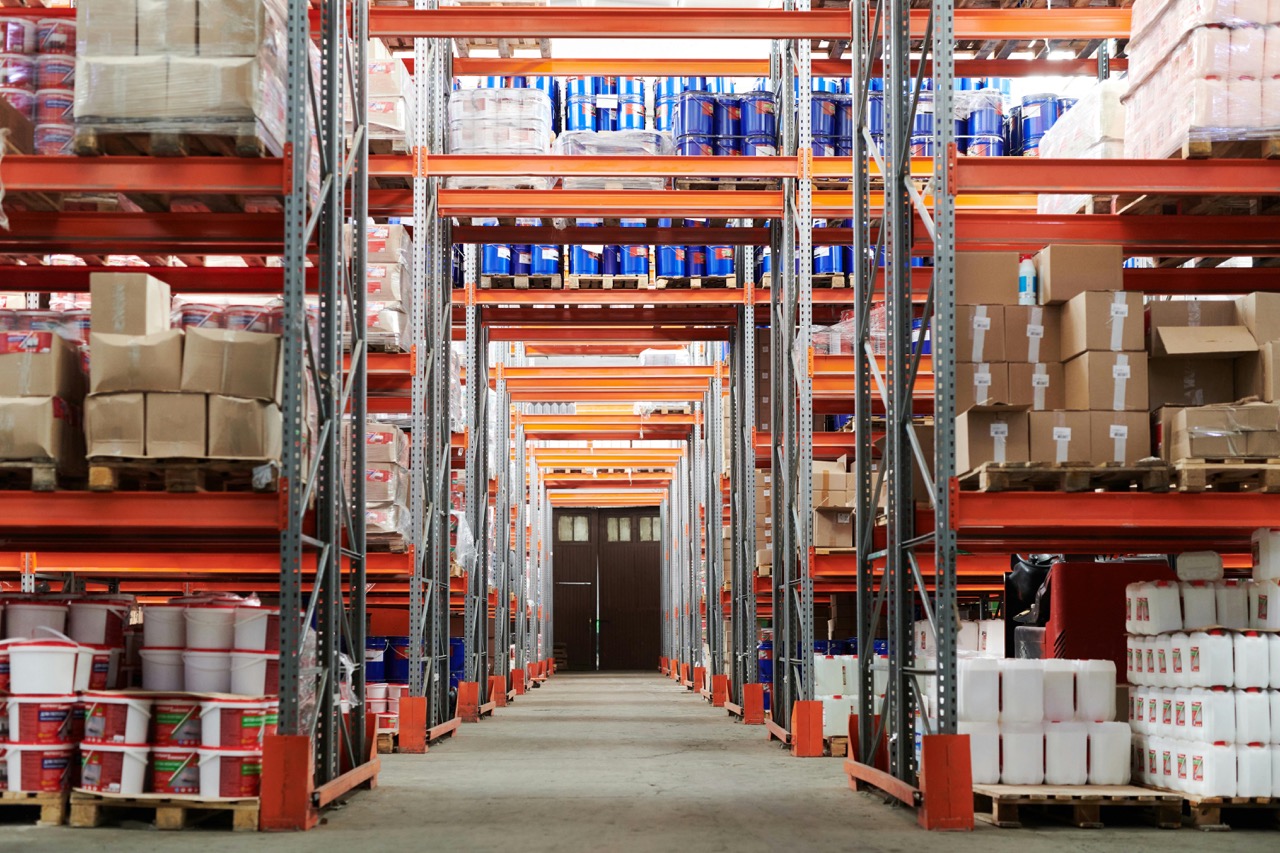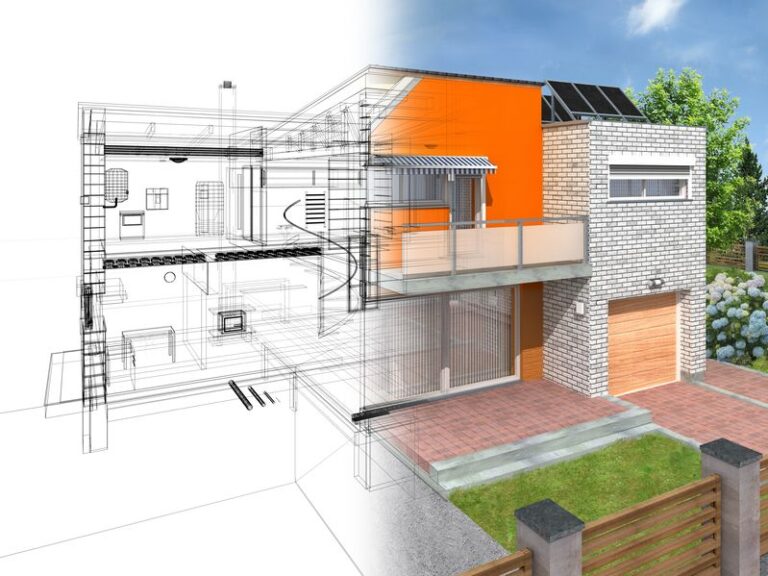Types of Warehouse Racking Systems Explained
Efficient warehousing is more than just stacking goods – it involves adapting space use, increasing workflow, and keeping everything humming from dock to delivery. Part of the secret to pulling it off is selecting the proper racking system.
However, with so many configurations to choose from, how do you select the most suitable configuration for your operation? Let’s discuss the most common warehouse racking systems, what each one does, and where they excel for your specific needs.
1. Selective Pallet Racking
It is the most common racking type, which provides easy access to every pallet. If you have ever visited a traditional warehouse, you have likely seen it in action.
Key Features:
- Ideal for first-in, first-out (FIFO) operations
- Beams can be adjusted for various pallet heights
- Works with standard forklifts
Pros:
- Affordable and straightforward to install
- Excellent visibility and accessibility
- Easy to rearrange as inventory needs change
Cons:
- Not the most space-efficient design
- Requires more aisle space than denser systems
Ideal For:
Warehouses with a wide range of products but fewer pallets per SKU.
2. Drive-In & Drive-Through Racking
This system enables forklifts to drive into the rack structure. Drive-in racking has a single entry/exit point, allowing forklifts to drive in from both ends.
Key Features:
- High-density storage for similar products
- Pallets rest on rails inside the structure
Pros:
- Great for maximizing floor space
- Stores large volumes of the same item
Cons:
- Not designed for high SKU variety
- Higher risk of forklift-related damage
Ideal For:
Cold storage warehouses or any facility dealing with large quantities of the same item.
3. Push-Back Racking
This system uses nested carts on inclined rails. Pallets are loaded in the front and “pushed back” as more pallets are added.
Key Features:
- Last-in, first-out (LIFO) access
- Stores multiple pallets deep per lane
Pros:
- Saves space compared to selective racks
- One aisle can serve multiple pallets
Cons:
- Not suited for FIFO operations
- Costlier than selective systems
Ideal For:
Operations with mid-level SKU variety and high product turnover.
4. Pallet Flow Racking (Gravity Flow)
This system uses gravity rollers to move pallets forward as others are removed, supporting FIFO product flow.
Key Features:
- Pallets loaded on one side, picked from the other
- Rollers do most of the movement work
Pros:
- Excellent for expiration-dated goods
- Speeds up picking operations
Cons:
- Requires uniform pallets for smooth flow
- The setup cost can be higher than average
Ideal For:
Food distributors, pharmaceuticals, or any warehouse managing perishable goods.
5. Cantilever Racking
To accommodate long, heavy, or irregularly shaped objects, this system utilizes horizontal arms instead of front columns.
Key Features:
- No front-facing columns
- Arm levels can be spaced as needed
Pros:
- Perfect for oversized or irregular materials
- Easy to load and adjust
Cons:
- Takes up more floor space
- Not suitable for palletized goods
Ideal For:
Lumber yards, furniture distributors, and facilities storing pipes or steel bars.
6. Double-Deep Racking
A variation of selective racking that stores two pallets deep instead of one, increasing density without completely sacrificing selectivity.
Key Features:
- Requires deep-reach forklifts
- Offers better space utilization
Pros:
- More storage per square foot
- More affordable than high-density systems
Cons:
- Accessing the rear pallet takes extra time
- Not ideal for fast-moving SKUs
Ideal For:
Warehouses managing larger batches of fewer SKUs.
7. Mobile Racking
Mounted on floor tracks, these racks move laterally, allowing only one aisle to be open at a time. It’s an excellent solution when every square foot counts.
Key Features:
- Can be motorized or manual
- High-density storage system
Pros:
- Reclaims up to 50% of aisle space
- Secure, often used in cold or controlled environments
Cons:
- Cost of installation and maintenance
- Slower access time compared to static systems
Ideal For:
Cold storage, archives, or secure storage of high-value inventory.
8. Mezzanine Racking
Effectively a raised platform that provides an additional level to your warehouse. The area below can be used for storage, a workstation, or even offices.
Key Features:
- Doubles usable floor space
- Built with structural steel or supported by existing racks
Pros:
- Smart use of vertical space
- Highly customizable
Cons:
- More involved structural planning
- Higher upfront investment
Ideal For:
Spaces that must grow without expanding their building footprint.
Choosing the Right Racking System
There’s no one-size-fits-all solution. The right racking system depends on a few key factors:
- SKU Variety: More product types often mean that selective or push-back systems are best.
- Turnover Rate: If products need to move quickly or are perishable, a FIFO system, such as pallet flow or drive-through, is a better fit.
- Available Space: Mobile and mezzanine systems maximize limited floor areas.
- Product Size & Shape: Long, bulky items will benefit from cantilever racks.
Final Thoughts
The proper racking system not only supports your stock, but it also increases efficiency, reduces waste, and even lowers the long-term cost of your operation. Inventory your existing configuration, assess what is effective (and ineffective), and consider where your enterprise is headed.
And don’t forget: If you’re considering the best way to customize your convenience, now may be an ideal time to upgrade your storage with a new warehouse racking system that addresses your needs. If there is any uncertainty, contact a warehouse plan specialist to ensure that you are maximizing your location.







